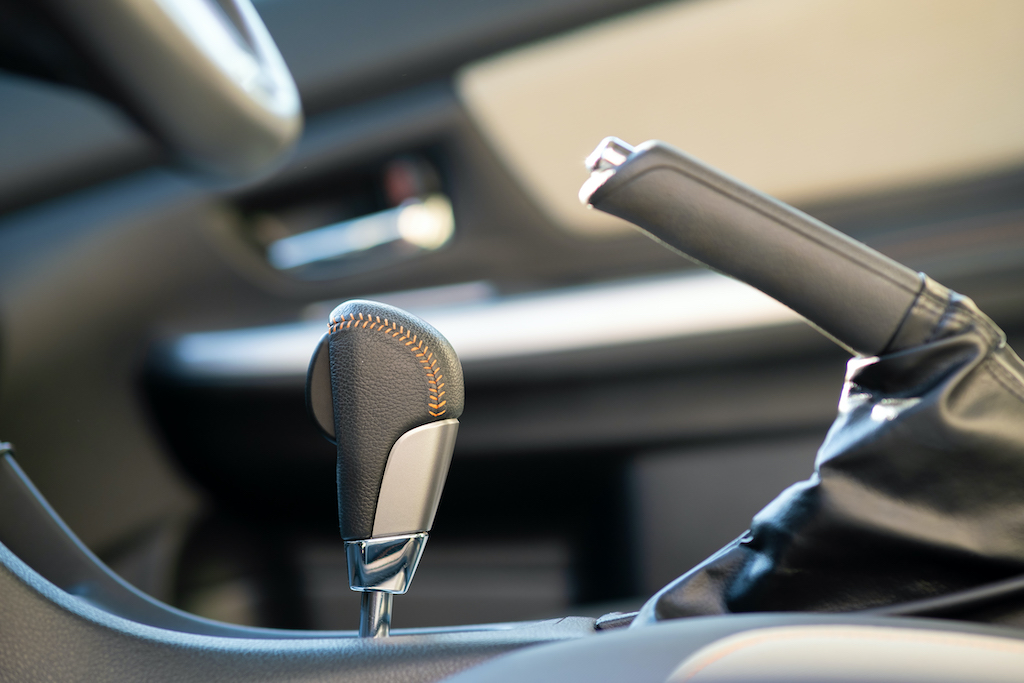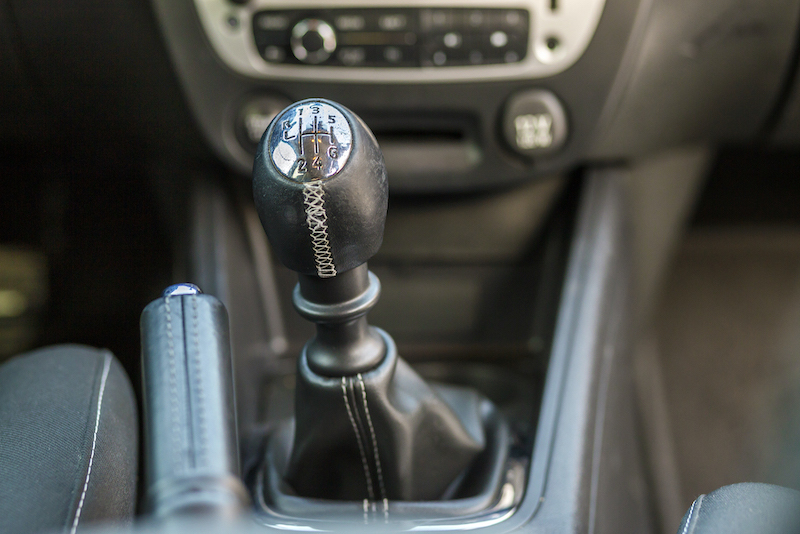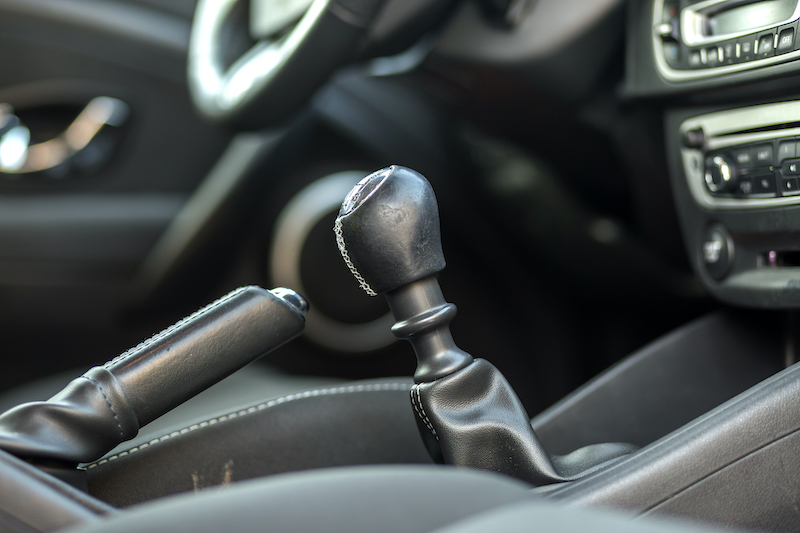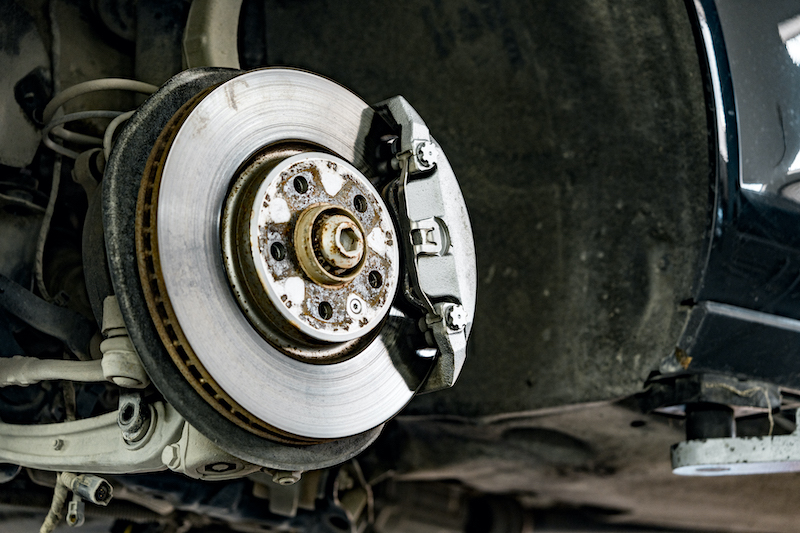A Deep Dive into Essential Car Steering Components

Have you ever wondered what makes the steering wheel turn so you can navigate twists and turns along the road? As drivers, we often take for granted the seamless interaction between our hands on the steering wheel and the vehicle’s nuanced response to our commands.
However, what we often don’t realise is that there’s more to a car steering system than what meets the eye. So, that’s exactly what we’re going to discuss in this blog. From power steering to precise manoeuvering, we’ll talk about the complexities of the essential car steering components.
We’ll also explore the link between the wheel and the internal systems, including car parts that ensure smooth and responsive steering. If you’re ready to dive deep into the intricacies of your car’s steering system, let’s begin!
1. Understanding the Steering Wheel Mechanism

It goes without saying that your steering wheel is your direct link to controlling your vehicle. Made up of a rim, spokes and hub, this simple-looking device has a more complex role than you realise.
It’s the main tool you use to navigate bends in the road, connecting your actions to the car’s movements. That’s why by understanding how it works, you can get a grip on its structure and appreciate how it has changed over time.
Whether you’re driving a classic or a modern car, the steering wheel embodies the connection between your instincts and the mechanical precision needed to turn the wheels.
2. Power Steering Systems

Power steering systems have revolutionised the driving experience as they enhance both comfort and control. There are two main types: hydraulic and electric power steering.
Hydraulic systems use fluid pressure to assist steering, adapting to the driver’s input. On the other hand, electric power steering employs sensors and a motor to provide assistance. These innovative car steering components alleviate the effort required to turn the wheel, particularly at low speeds or during parking manoeuvres.
While each system has its advantages, collectively, they represent a significant leap in car technology. These car parts are making driving more manageable and enjoyable for a diverse range of drivers and driving conditions.
3. Rack and Pinion Steering

Rack and pinion steering is one of the main aspects in the evolution of precise vehicle manoeuvring. This system uses a rack, pinion and tie rods to translate steering wheel movements into controlled lateral motion.
Unlike traditional steering mechanisms, rack and pinion provide direct feedback and quicker response, which enhances overall handling and responsiveness. The rack, which is a linear gear, meshes with the pinion gear attached to the steering column. This direct mechanical connection ensures a more immediate and accurate transfer of the driver’s input to the vehicle’s wheels.
Rack and pinion steering is well-known for its efficiency and simplicity, and it remains a fundamental part of modern car designs.
4. Steering Column and Shaft

The often overlooked but crucial steering column and shaft connect the steering wheel to the rest of the steering system. Consisting of the steering column, U-joints and bearings, this assembly allows for the transmission of steering inputs with precision.
The steering column provides a main pivot point, and the shaft transfers the motion to the steering gearbox or rack and pinion. Moreover, tilt and telescopic steering columns can add customisation, allowing drivers to tailor their driving position.
By ensuring a secure connection between the wheel and the steering system, this car steering component is indispensable for maintaining control and manoeuvrability on the road.
5. Tie Rods and Ball Joints

While tie rods and ball joints are usually taken for granted, they are essential parts of the steering system, working in tandem to ensure seamless and responsive steering.
Tie rods link the steering gear to the wheel’s steering knuckle, providing the necessary control for directional stability. Meanwhile, ball joints act as crucial pivot points, allowing smooth articulation between the steering knuckle and control arms. Their combined efforts help in maintaining proper wheel alignment and efficient steering, enhancing the overall driving experience.
However, keep in mind that regular inspection and maintenance of tie rods and ball joints are essential, as wear and tear can affect steering precision and compromise your vehicle’s safety.
To Maintain Your Car Steering System, Choose Online Automotive’s Car Parts
Now that you know more about car steering components, explore our affordable car parts to conduct DIY repairs and keep your car in excellent condition!
At Online Automotive, we offer a comprehensive selection of high-quality replacement parts, carefully curated to meet your car repair needs. Our competitive prices also ensure that you get the best value for your money.
With expert product descriptions and responsive customer support, we strive to make your shopping experience seamless. Trust us to be your reliable partner in the world of DIY car repairs, ensuring that your journey is convenient and hassle-free.
Explore our range of products and get in touch with us today!





